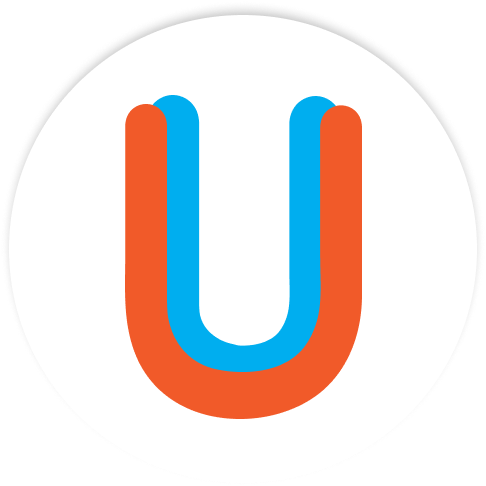Did you know that our brain is like a detective constantly on the hunt for meaning? Yes, that’s right! When it comes to learning, our brains are wired to move from meaning to print rather than the other way around. It’s like trying to crack a secret code – we decode the meaning first and then put it into print. In this brainy adventure, we’ll explore the three fascinating “learning hands” that guide our brain on its quest for knowledge: 1st Hand – Concrete and Meaningful, 2nd Hand – Visual Representation, and 3rd Hand – Symbolic and Abstract.

1st Hand Learning: Concrete and Meaningful
Imagine you’re on a thrilling treasure hunt in a dense jungle. Each step you take, every leaf you touch, and every sound you hear is engraving an indelible memory in your brain. That’s 1st Hand learning – it’s all about experiencing the world around you in a concrete and meaningful way. Our brain thrives on real-life experiences because they pack a punch of relevance and emotion. From baking cookies with grandma to exploring the wonders of the universe in a planetarium, these hands-on experiences leave a lasting impression on our brain’s neural pathways.
Cognitive Rehearsal – The Reinforcement Master: Just like a detective replaying clues to solve a case, cognitive rehearsal is the brain’s way of reinforcing learning. When we mentally revisit our experiences and knowledge, we solidify the connections in our brain, making them stickier than a glob of honey.
2nd Hand Learning: Visual Representation
Picture this: You’re reading a thrilling mystery novel, and the words on the page transform into vivid images in your mind. That’s the magic of 2nd Hand learning – the power of visual representation. Our brain loves a good picture show, and visuals make learning a joyride for our imagination.
Images, Charts, and Diagrams – The Brain’s Visual Buffet: From infographics that break down complex information to flowcharts that guide us step by step, visual aids are like tasty snacks for the brain. They simplify information, making it easier to digest and remember.
3rd Hand Learning: Symbolic and Abstract
Now, here’s the brain’s ultimate challenge: learning through the abstract and symbolic world. It’s like deciphering a secret code written in an ancient language. But don’t worry, our brain loves a good puzzle! 3rd Hand learning is all about understanding complex concepts and abstract ideas.
Bridging the Gap – The Codebreaker’s Toolbox: To crack the code of abstract concepts, our brain relies on context and connections. When we relate new information to what we already know, we create a mental bridge that makes learning a breeze.
Synthesis: Balancing the Learning Process
Congratulations, detective! You’ve navigated through the three intriguing “learning hands” – 1st Hand, 2nd Hand, and 3rd Hand. Now, it’s time to put the pieces together and uncover the big picture. Our brain craves a balanced diet of all three learning hands to thrive in the world of knowledge.
Meaning-to-Print Learning Dance: Just like a dance where meaning leads and print follows, our brain flourishes when it discovers the meaning first and then encodes it into print. The magic happens when our experiences and visuals intertwine with abstract concepts, creating a symphony of learning.
Takeaway
From the tangible world of 1st Hand learning to the captivating visuals of 2nd Hand learning and the thrilling puzzles of 3rd Hand learning, each hand plays a vital role in the brain’s quest for knowledge. Embrace them all, and your brain will unlock the secrets of the universe, one meaning at a time! Keep learning, keep exploring, and always trust your brain to lead you on a marvelous learning journey!
P.S. Just like a detective needs a good partner, let alphaTUB be your child’s learning companion. With interchangable content, a mobile app for personalized creations, and downloadable TUB Sheets and TUB Cards, your child’s learning adventure is about to get even more exciting!




